Skynet in real life? Controversial robot powered by OpenAI’s ChatGPT can now have real-time conversations
A new automated humanoid robot, powered by OpenAI’s ChatGPT, looks something akin to the AI Skynet from the sci-fi film Terminator
Although the new robot is not a killing machine, Figure 01 can perform basic autonomous tasks and have real-time conversations with people – using ChatGPT.
The company, Figure AI, shared a demonstration video showing how ChatGPT helps the bipedal machine create visual objects, plan future actions, and even think about its memory.
Figure’s cameras record the environment and send it to a large visual language model trained by OpenAI, which then translates the images back to the robot.
The clip showed a man asking the humanoid to put away the dirty laundry, do the dishes and give him something to eat – and the robot carried out the tasks – but unlike ChatGPT, Figure is more hesitant when it comes to Answering questions.
OpenAI has released a demo video of its new robot, Figure 01
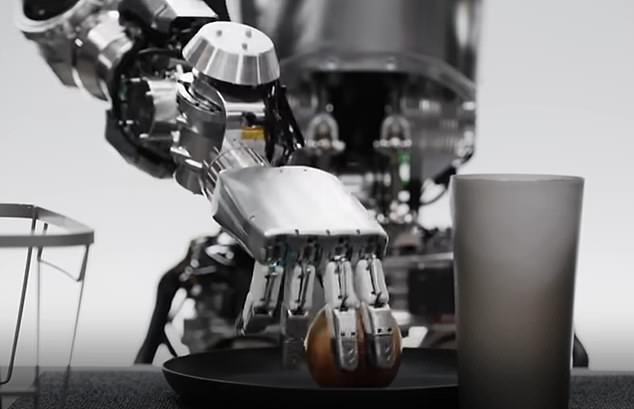
When a human asked for food, the robot was able to distinguish the apple as the only edible thing on the table
Figure AI hopes its first AI humanoid robot will prove capable in jobs too dangerous for human workers and could alleviate labor shortages.
“Two weeks ago we announced that Figure + OpenAI are joining forces to push the boundaries of robot learning,” Figure founder Brett Adcock wrote on X.
“Together we are developing next-generation AI models for our humanoid robots,” he added.
Adcock also noted that the robot is not controlled remotely and “this was filmed at 1.0x speed and recorded continuously.”
The comment about it being out of control may have been a comment from Elon Musk, who shared a video of Tesla’s Optimus robot to show off its ability – it was later discovered that a human was controlling it from a distance.
Figure AI raised $675 million in May 2023 from investors like Jeff Bezos, Nvidia, Microsoft, and of course OpenAI.
“We hope that we will be one of the first groups to bring a humanoid to market,” Brett Adcock told reporters last May, “that can actually be useful and have commercial activities.”
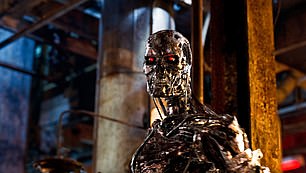
Figure 01 looks like Skynet from the Terminator movie
The new video shows Figure being asked by a man to perform various tasks. One task he asks the robot to give him something edible on the table.
“I see a red apple on a plate in the middle of the table, a drying rack with cups and a plate, and you are standing nearby with your hand on the table,” Figure said.
Adcock said the video showed the robot’s reasoning using its end-to-end neural networks, a term that uses language learning to train a model.
ChatGPT is trained with large amounts of data to conduct conversations with human users.
The chatbot can follow an instruction in a prompt and provide a detailed answer, which is how the language learning model in Figure works.
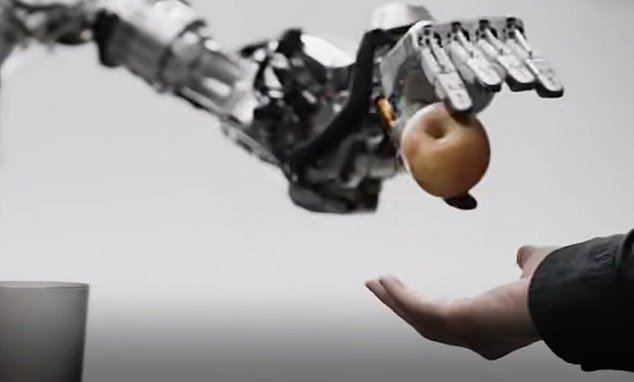
The robot picked up the apple and handed it directly to the man asking for food
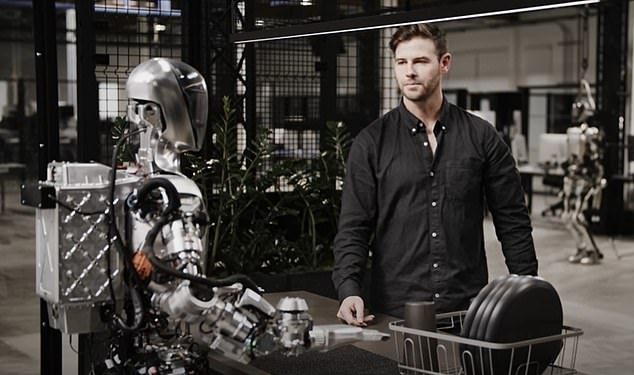
Figure 01 appeared to stutter at times, using words like “uh” and “eh,” which some people said made it sound more human
The robot ‘listens’ to a prompt and responds using its AI.
However, a recent study found that ChatGPT ran through war game scenarios and found that it chose to bomb opponents almost 100 percent of the time – similar to Terminator’s Skynet.
But for now, Figure is giving people a helping hand.
The video included another demonstration where the man asked the robot what he saw on the desk in front of it.
Figure replied, “I see a red apple on a plate in the center of the table, a drying rack with cups and a plate, and you are standing nearby with your hand on the table.”
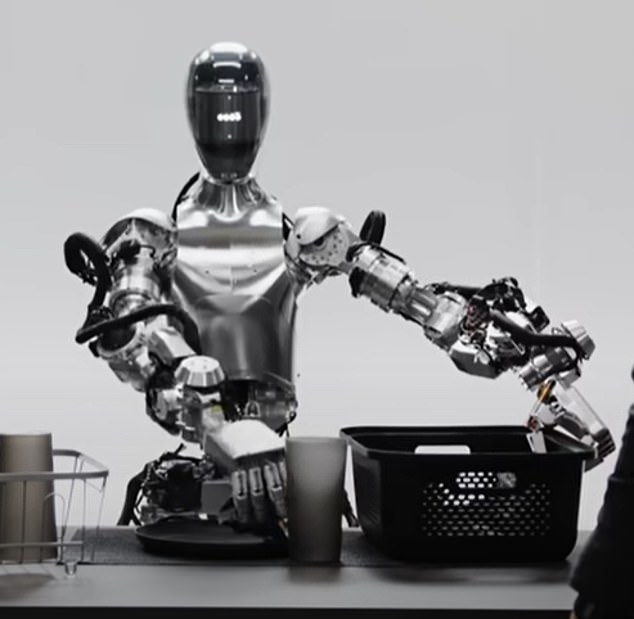
Figure 01 could take out the trash, do other household chores, and respond to questions in real time
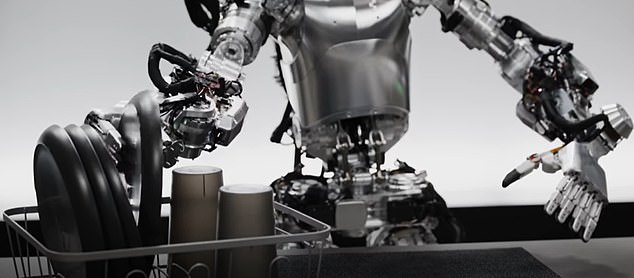
The robot uses built-in cameras connected to large vision language models to recognize its environment
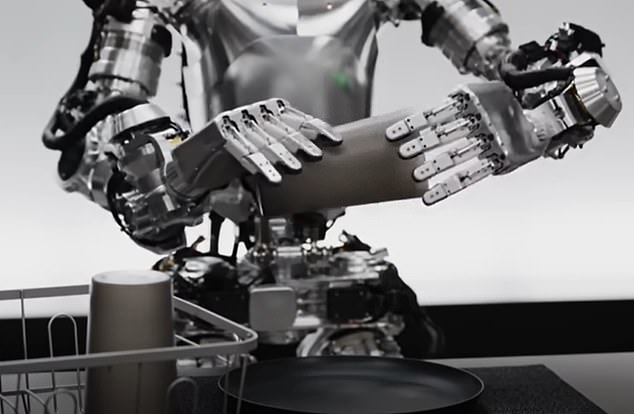
The US military is reportedly working with OpenAI to add its ChatGPT system to its arsenal
Figure not only communicates, but also uses his housekeeping skills by taking out the trash and placing the dishes in the drying rack.
“We feed images from the robot’s cameras and transcribed text from speech captured by built-in microphones to a large multimodal model trained by OpenAI that understands both images and text,” said Corey Lynch, an AI engineer at Figure , in a after on X.
“The model processes the entire history of the conversation, including past images, to come up with language responses, which are spoken to the human via text-to-speech,” he added.
In the demo video, Figure showed signs of hesitation when answering questions, pausing to say “uh” or “eh,” with some people commenting that this makes the bot sound more human.
The robot still moves slower than a human, but Adcock said he and his team are “beginning to approach human speed.”
Just over six months after its $70 million funding round last May, Figure AI announced a unique deal to put Figure to work on BMW factory floors.
The German automaker struck a deal to first use the humanoids at a BMW plant in Spartanburg, South Carolina – a sprawling, multi-billion dollar facility that includes high-voltage battery assembly and electric vehicle production.
While the announcement provided few details about the precise roles of the bots at BMW, the companies described their intention to “explore cutting-edge technology topics” as part of their “milestone-based approach” to collaboration.
Adcock has framed the company’s goals as filling a gap for the industry in terms of perceived labor shortages with difficult, skilled labor that conventional automation techniques cannot correct.
“We need humanoid (robots) in the real world, doing real work,” Adcock said Axios.
